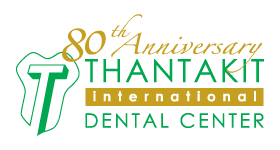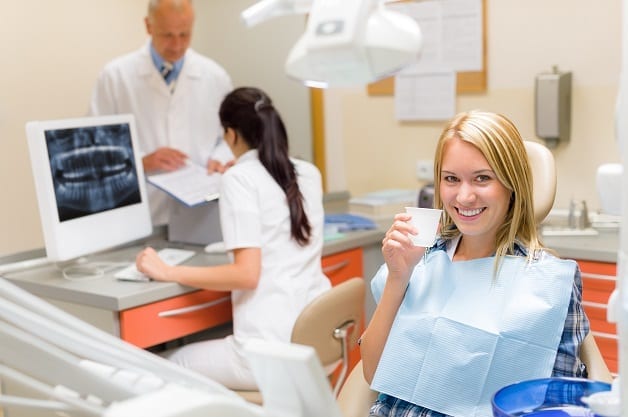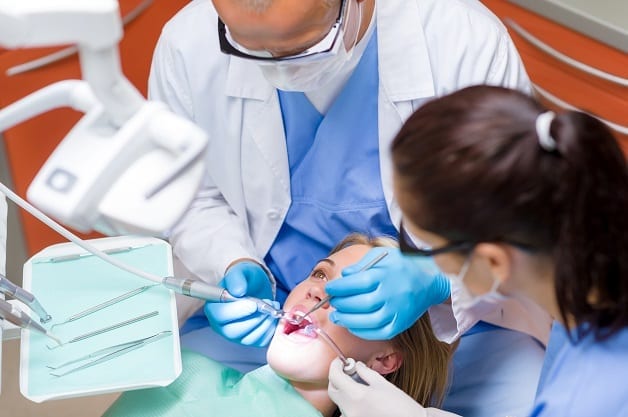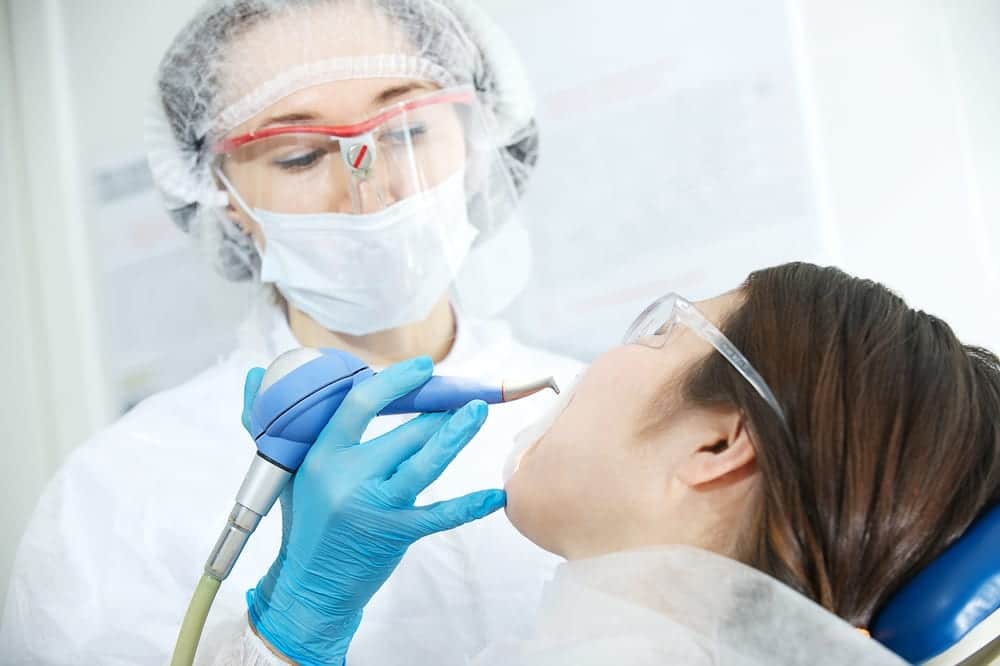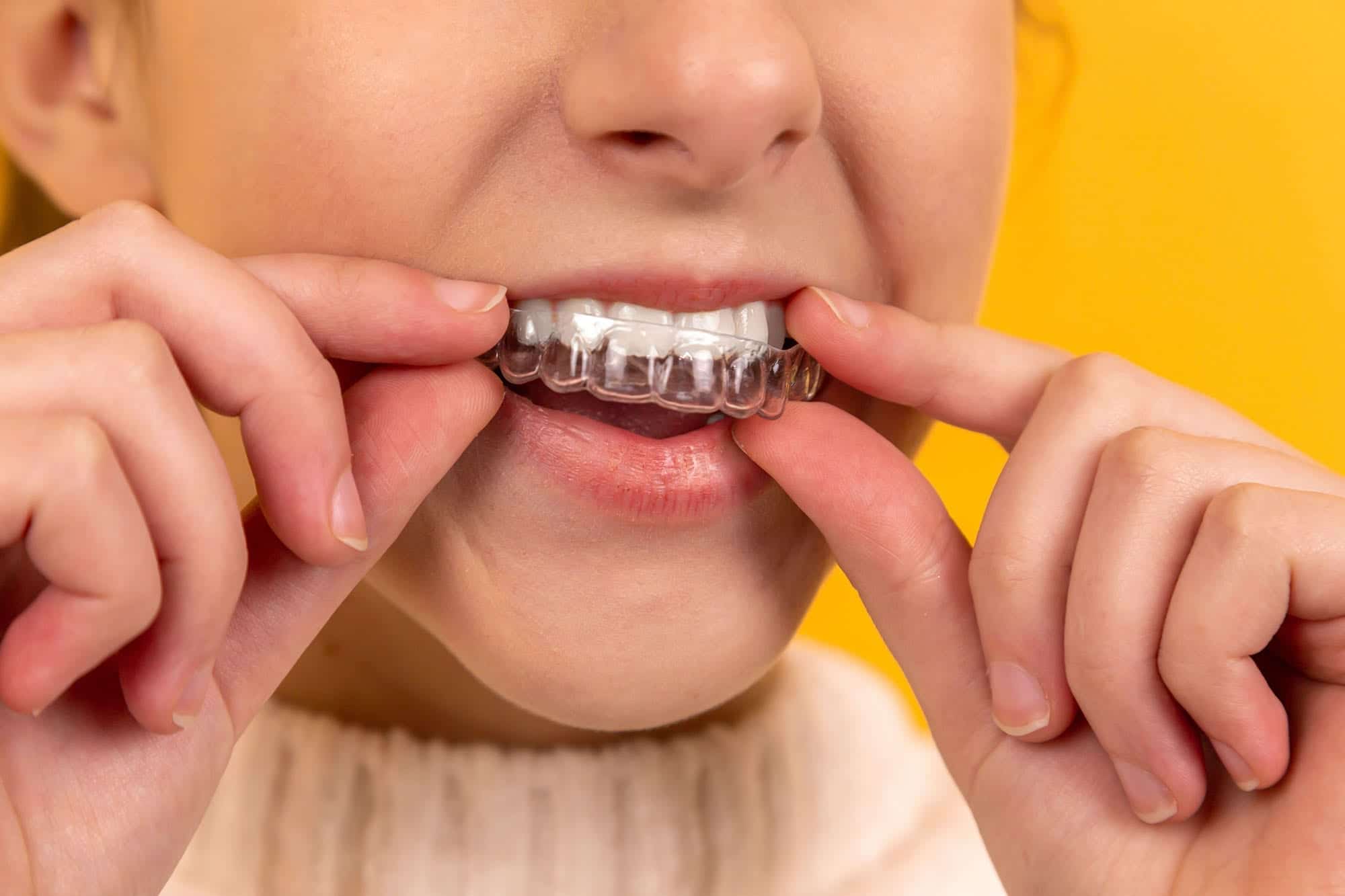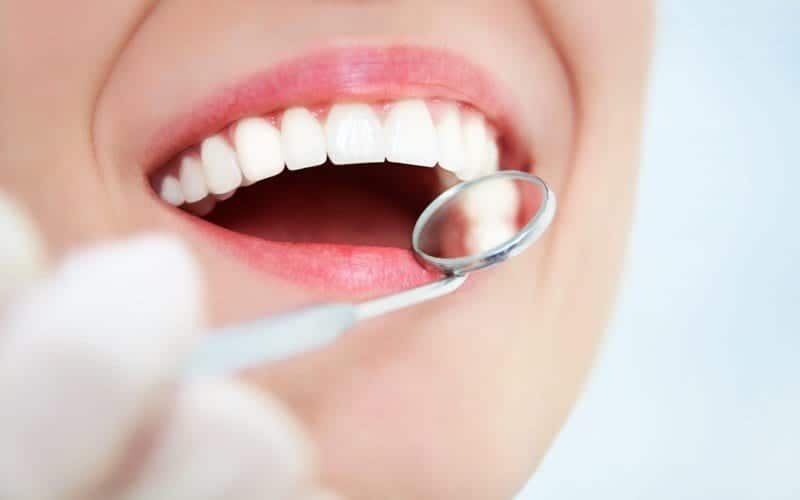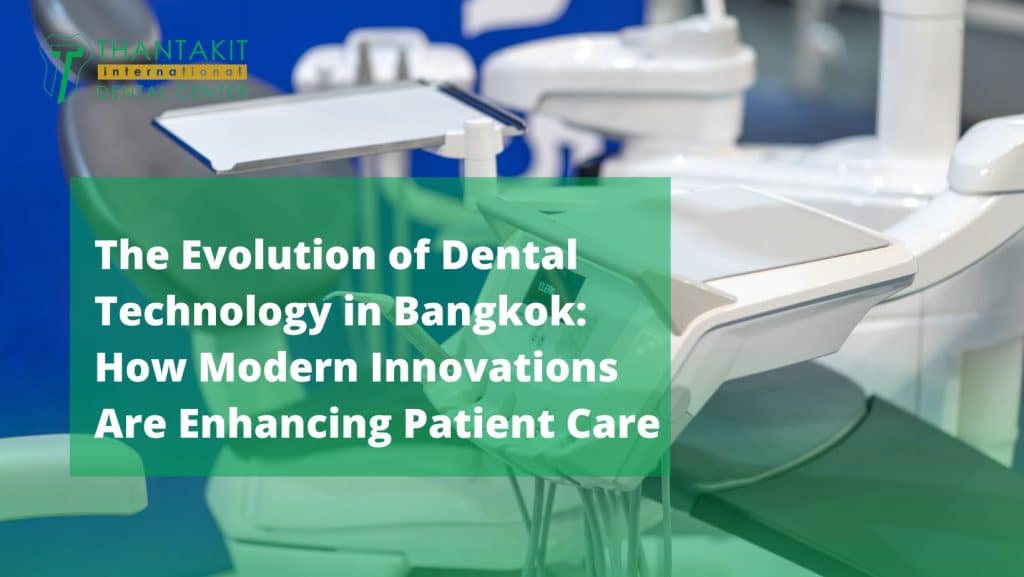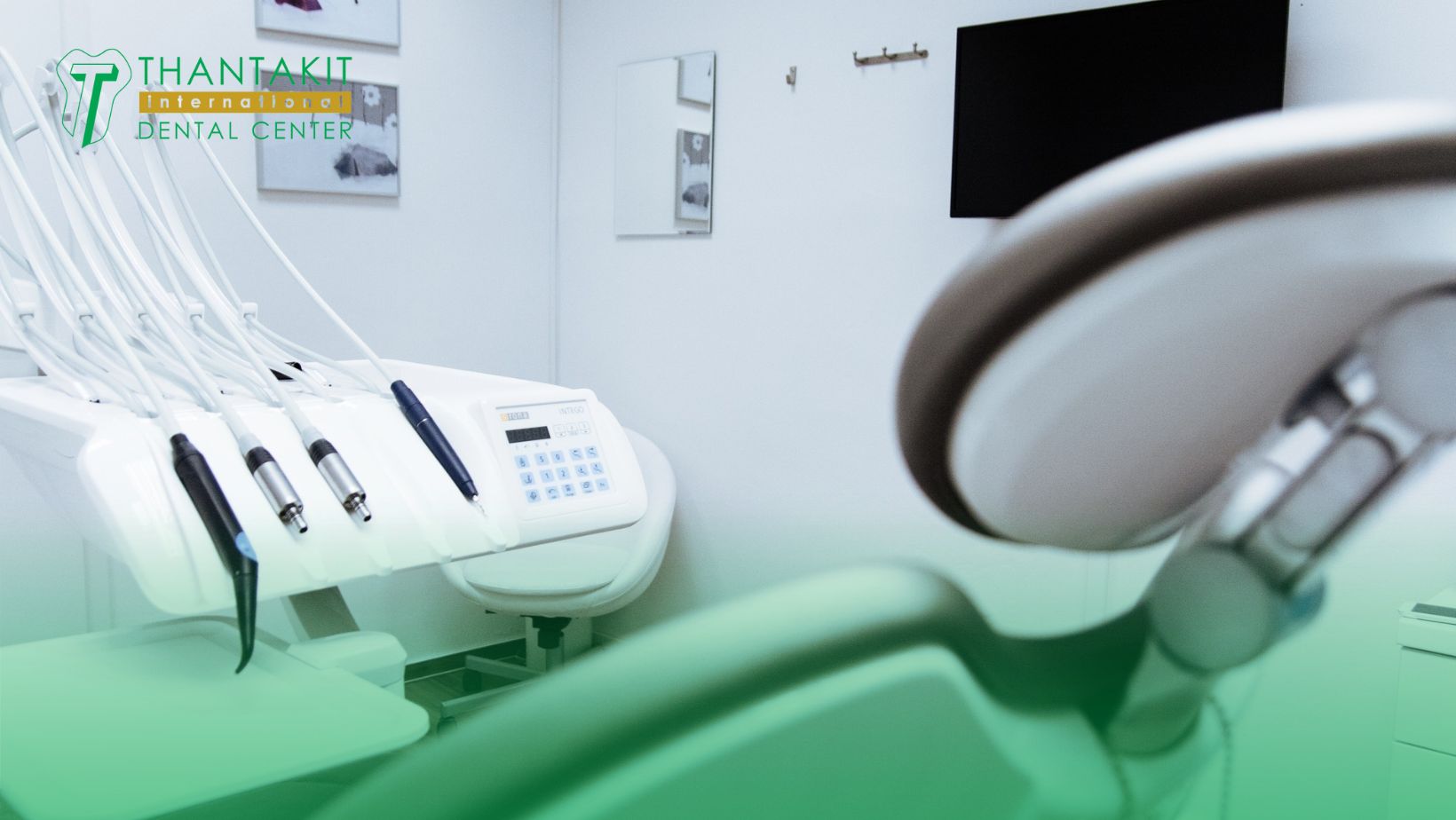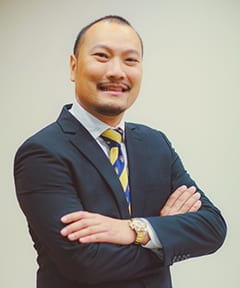Dentistry is a continuously evolving field that’s driven by innovation and the forward march of technology. Such advancements intend to improve the comfort of any patient, the accuracy of every diagnosis, and the safety and efficiency of every procedure.
Bangkok adopts every new technology because they’re designed to improve upon the previous technology’s flaws.
The whole point of such improvements is to ensure the future of oral and dental health. In turn, knowing about these dental breakthroughs and what’s on the horizon will benefit you whether you’re a dentist or a patient.
Previously painful procedures are now much less painful. Issues like fear of dentists can be solved with streamlined procedures.
Besides which, you can always depend on Bangkok, Thailand to be on the cutting-edge of dental technology to ensure that, in turn, it also remains on the forefront of dental tourism.
Page Contents
Digital Dentistry
Digital dentistry or incorporating digital technology with dentistry has helped the industry revolutionize its precision in doing its procedures.
These innovations transform how such procedures are planned and executed when push comes to shove. They include such advanced tools and technologies like the following:
-
3D Printing: Instead of waiting weeks or possibly months to have your personalized surgical guides, clear aligners, dentures, bridges, and crowns milled or manufactured in a dental lab, you can now do same-day implants and bridges.
3D printing allows you to get your finished product and even jaw reconstruction in one visit instead of multiple ones with traditional milling techniques.
3D printing tech gives faster turnaround times for your procedure, particularly when manufacturing prosthodontics that take quite a bit to mill or shape normally. They’re also more cost-efficient and accurate to boot.
Traditional milling methods still exist, and CAM (computer-aided manufacturing) can be done without a 3D printer and still produce precision results. It’s just that 3D printing is cheaper and faster.
-
CAD/CAM and Digital Scans: Digital scans work hand-in-hand with computer-aided design (CAD) and computer-aided manufacturing (CAM) like a horse and carriage. You can’t have one without the other.
The design and fabrication of your dental restorations has never been easier thanks to digital intraoral scanners available nationwide in Thailand and locally in Bangkok.
This technological tandem works by precision-scanning the problem area digitally instead of by dental x-ray or by mold impressions of your teeth and gums, leading to software-based design and manufacturing of your crowns.
CAD/CAM tools improve upon the use of messy dental impressions via dental molds. It also reduces the number of visits or time required to complete the procedure.
-
AI-Powered Diagnostics: Artificial intelligence (AI) isn’t only revolutionizing art and design creation and writing articles through ChatGPT. It’s also making an impact when it comes to dental diagnostics.
Dentists can use state-of-the-art learning AI to analyze x-rays or digital dental scans with remarkable accuracy that assist in their ultimate diagnosis.
Dental professionals can use AI dental systems for early detection of gum disease, cavities, and even oral cancer that go beyond just the usual eye test. It also helps dentists plan their treatments by predicting disease progression.
Minimally Invasive and Pain-Relieving Treatments
The newest dental techniques and materials are enabling Bangkok dentists to perform even less invasive and less painful procedures that ensure the success and safety of patient dental care.
-
Biomimetic Dentistry: This type of dentistry targets natural tooth structure preservation over prosthodontic and implant-based restoration.
It’s able to mimic the original function and strength of the teeth while keeping most of it intact. This includes procedures such as adhesive restoration of teeth or using bioactive materials to stimulate natural tooth repair.
You can also consider endodontic or root canal surgery as a way to “save” the original tooth structure without extraction or implantation of a crown or bridge.
-
Laser Dentistry: Laser dentistry is mostly known for its teeth whitening application, such that the laser in question can bleach or whiten your yellowed enamel by several shades.
It also applies to soft-tissue gum surgeries and gum disease treatments along with cavity removal and repair without the use of enamel-carving drills to allow dental bonding or dental filling agents to stick to the surface of the cavity.
Lasers are beneficial because they speed up recovery times, reduce pain, and offer a more comfortable experience for people undergoing dental treatment, surgery, or restoration.
-
Silver Diamine Fluoride (SDF): As for silver diamine fluoride or SDF, it’s another non-invasive treatment that halts cavity progression, particularly in high-risk patients and pediatric dentistry.
It’s a liquid medication that also helps with tooth sensitivity. It’s a blue-tinted or colorless liquid that contains water, ammonia, fluoride, and silver.
It works by having the silver ingredient kill the bacteria-causing tooth decay while the direct infusion of fluoride slows, prevents, or stops ongoing decay.
It’s a cost-effective, painless, and quick way to safeguard against worsening cavities without relying too much on tooth fillings and drilling cavities to make the filling material stick.
Innovations in Preventive Dental Care
Dental preventive care has been revolutionized with a renewed focus on patient education and early prevention.
On top of Bangkok or local dentist visits, you should also avail of dental maintenance products for the good of your teeth. They include the following innovations.
-
Smart Toothbrushes: You’ve heard of smartphones, smart TVs, smart doorbells, and even smart houses. Smart toothbrushes are cut from the same digital and A.I. cloth as those other inventions.
The toothbrush assists the patient by giving them real-time feedback on their brushing technique and tracking how often they brush their teeth.
Like your powerful smartphone that’s practically a supercomputer capable of making phone calls, your smart toothbrush is a supercomputer toothbrush equipped with A.I. and sensors.
The trick to effective brushing, after all, is consistency and proper technique. The self-tracking toothbrush encourages better home care while helping you improve areas needing improvement.
-
Salivary Diagnostics: Dentists can test a patient’s saliva as a powerful dental diagnostic tool. It’s proving to be as effective as blood work is for the medical field.
Salivary diagnostics can detect systemic health issues, various oral diseases, and even the early signs of conditions like cancer and diabetes.
It has a huge potential because of how convenient and non-invasive it is. As of this writing, salivary diagnostics is a technological breakthrough that might become a routine part of dental examinations in the future.
-
Probiotic Oral Care: When dealing with oral germs and bacteria in the dental context, it usually involves killing them with mouthwash to prevent tooth decay or dental caries due to poor hygiene and neglect of the mouth and teeth.
However, probiotics or introducing beneficial bacteria into your mouth or oral environment is just as important in combating all these harmful germs that cause gum disease and cavities.
These preventative dental care products usually come in the form of chewing gum, lozenges, and probiotic mouth rinses. You can also improve your probiotic health by ingesting yogurt and similar probiotic food.
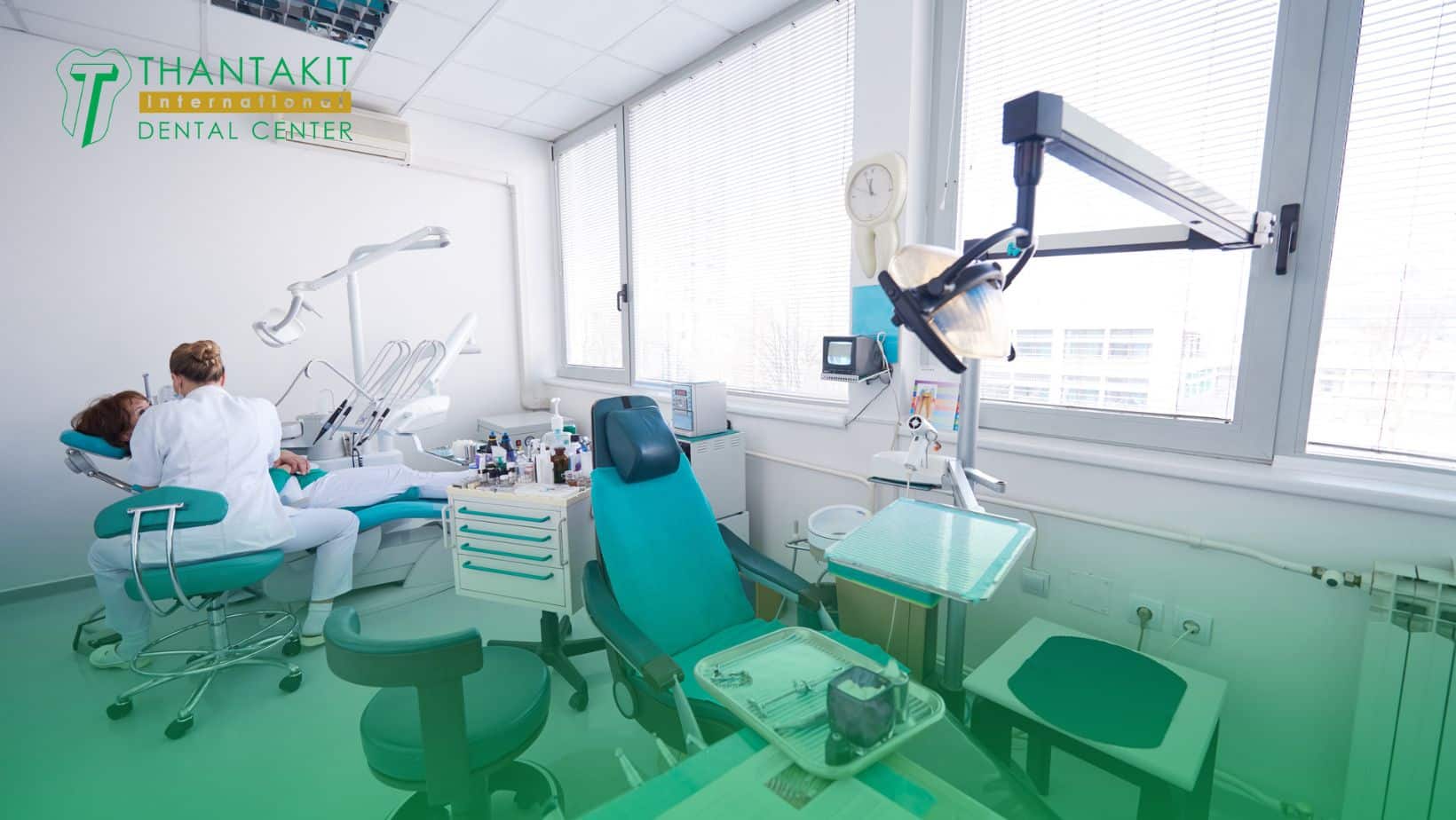
Advancements in Orthodontics
The obvious metal mouths and teeth of yesteryear are no more. Modern braces and retainers available in Bangkok are more discreet, faster to apply, and customized to the patient’s needs. They’re also less painful to deal with.
-
Clear Aligners: Clear aligner therapy, for those who are valid candidates for it, brings the benefits of traditional metal braces without its aesthetic downsides. They’re able to camouflage themselves better on the patient’s teeth.
They’re also removable when needed and require fewer office visits to keep tabs on their progress compared to their metal counterpart.
Additionally, there’s 3D mapping and AI-driven treatment planning that further assist in streamlining products like INVISALIGN (available at Thantakit Dental Center, among other Bangkok Clinics) like never before.
Indeed, this service has become more efficient and accessible than before, thus allowing patients to have them on without many people noticing.
-
Self-Ligating Braces: These braces come with a built-in mechanism that reduces pressure and friction on the teeth, which is one of the complaints patients have when wearing unwieldy metal braces.
By availing of self-ligating braces, you’ll experience greater comfort as a patient while enjoying shorter treatment times overall.
Self-ligating braces use a built-in clip to hold the arch-wire in place instead of elastic bands. This reduces friction and pressure on teeth. This also helps teeth move more easily and comfortably compared to traditional braces.
The Role of Regenerative Dentistry
Bangkok dentistry advancements have reached all the way to regenerative dentistry. Such innovations focus on repair and regrowth of the natural tissues of your gum, mouth, and teeth to restore your oral health.
-
Stem Cell Therapy: Stem cell therapy has many applications in the medical field. Researchers are therefore exploring its use in the dental field specifically. These stem cells could regenerate compromised teeth!
An organic natural tooth root is more natural than an implant. Enamel and pulp supported by the body is less artificial than crowns and bridges.
Instead of using dental restorations like dental implants, fillings, veneers, bridges, and crowns, dentists can instead regenerate damaged dental pulp, bone, enamel, and even entire teeth to save them.
While expensive, it presents an alternative to using fillings, implants, or other prosthodontic treatments in the future of dentistry.
-
Tissue Engineering: Like with stem cell therapy, tissue engineering allows the dentist or dental surgeon to create scaffolds that help regrow lost or receding gum tissue and bone.
If deep cleaning, scaling, and removal of diseased matter isn’t enough to stave off tooth loss or periodontal disease, tissue engineering might help instead.
This can also help serve as an alternative to surgeries like needing bone grafting or gum grafting procedures to combat gingivitis and advanced periodontitis. It also assists in healing or inducing the body to regrow such tissue.
-
Teledentistry: Teledentistry expands access to dental care on a long-distance level, like how the telephone allows conversations to happen without being there in-person.
The areas where access to dentists and dental centers are hard to come by can benefit from virtual consultations. This allows patients to connect to dentists for preliminary evaluations, advice, and prescriptions.
Teledentistry can also help out during emergencies by supplying patients in need with first aid and guidance on pain management while addressing the most urgent issues.
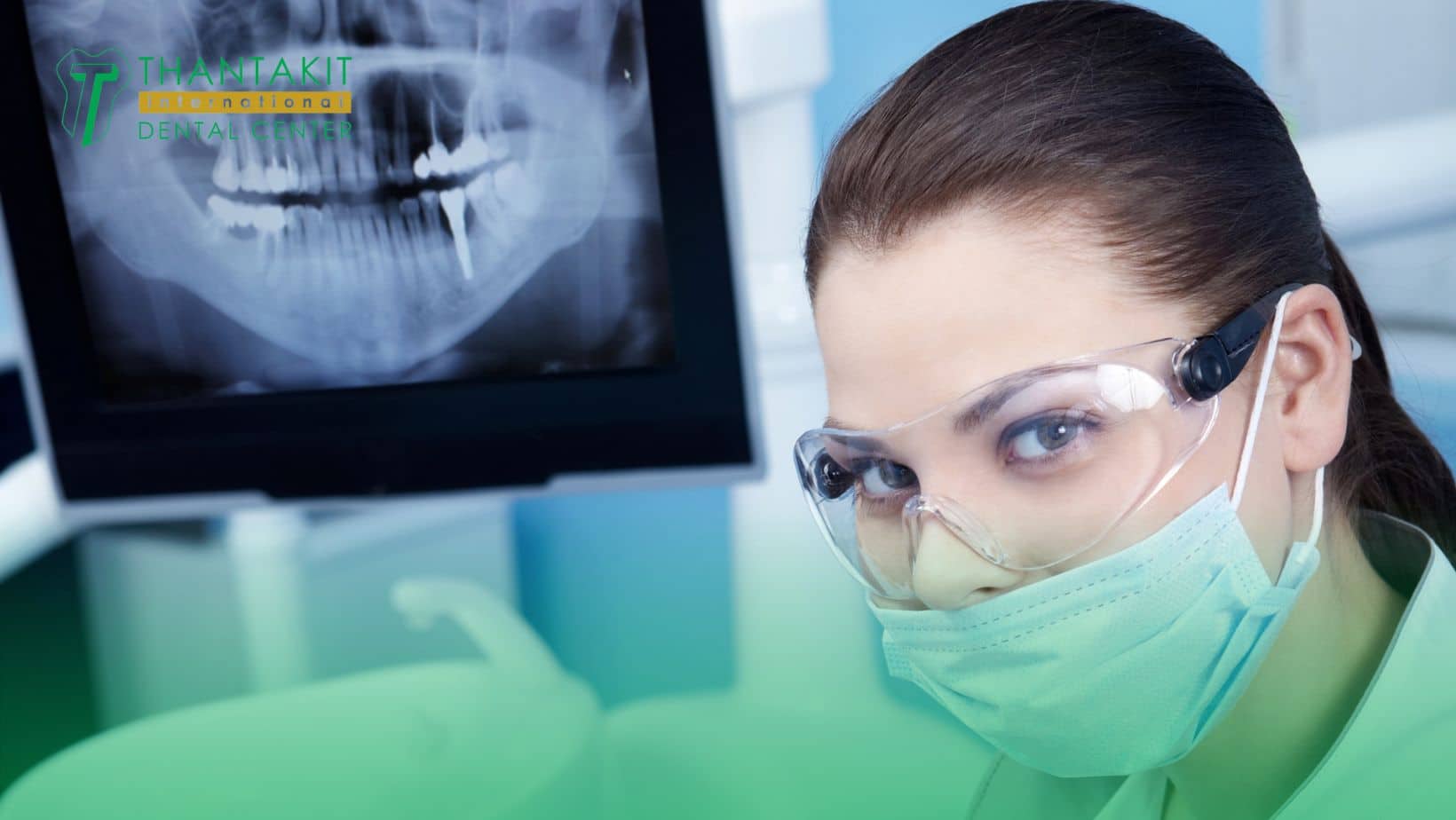
Personalized Dentistry, Smart Clinics, and Robotics
Personalizing dentistry even further than what’s current is the future of the industry, from Bangkok and beyond.
Catering to the specific needs of every individual is a must even in current modern dentistry. This can be improved upon with advancements such as:
-
Genetic Testing: You can genetically test patients to identify genetic predispositions to certain oral conditions, such as tooth decay and periodontal disease, then do preventative dentistry to reduce their risk.
-
Customized Oral Care Products: A dentist can prescribe specific formulations of probiotic lozenges, mouthwashes, toothpastes, dental paraphernalia, and so forth designed specifically for the unique microbiome of the patient.
-
Smart Clinics: Never mind smartphones and smart toothbrushes! There are now smart dental clinics arising with fully integrated digital systems that manage appointments, track patient histories, and optimize the dentist workflow.
-
Robotic Assistance: Nanomachines or nano-sized robots can assist with implant placement or other surgeries, reducing human error with machine precision on the molecular level.
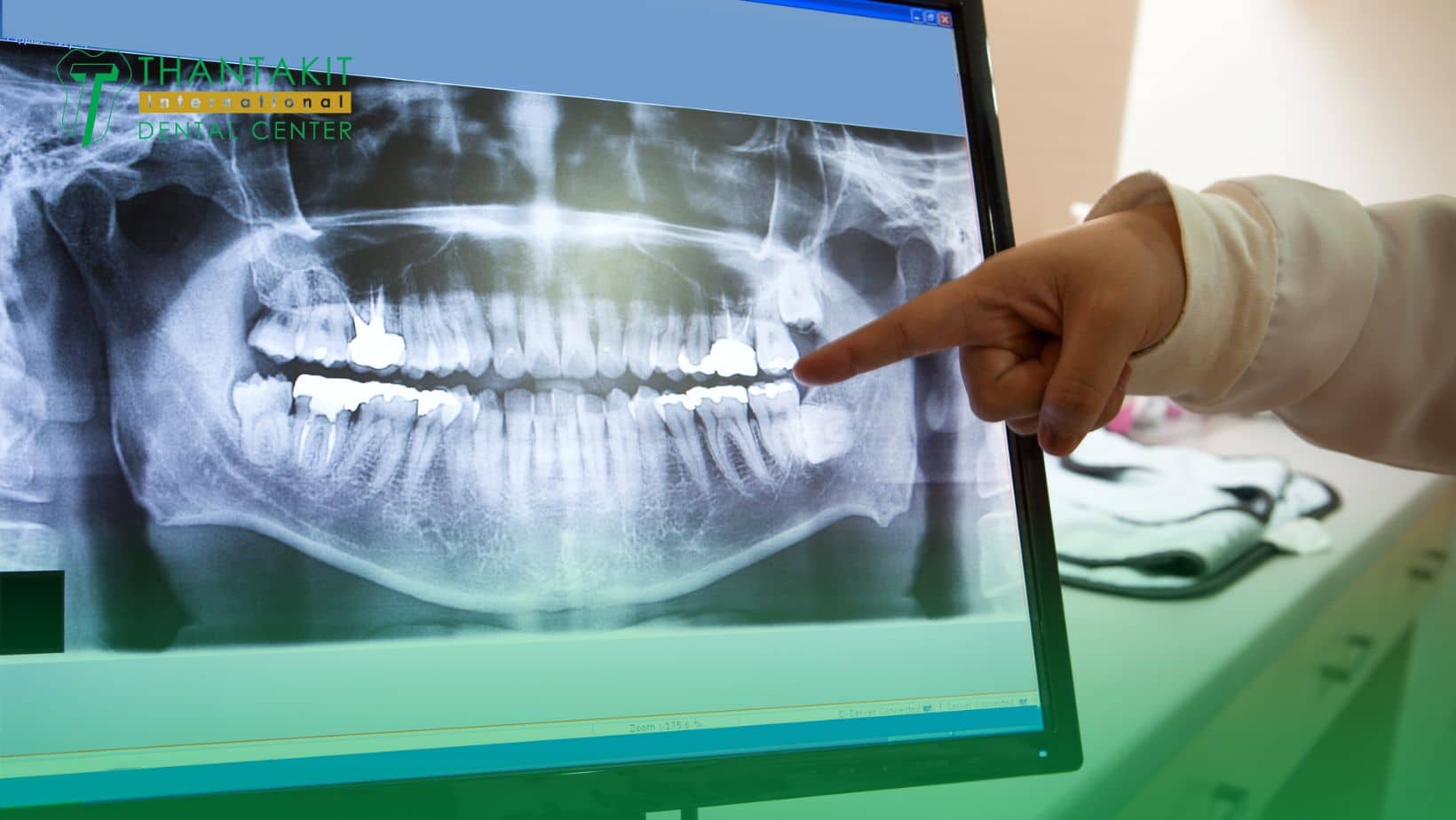
The History of Dental Technology Evolution in Bangkok
It’s important to stay informed about dental innovations and developments on top of maintaining your regular dental visits of once or twice a year.
This way, you can ensure a healthier smile while minimizing the downsides of traditional procedures as technology marches on. It’s also interesting to take a look back at dentistry’s technological marvels through the years to see how far we’ve come.
-
Innovations of the 20th Century: The innovations of the 1900s were characterized by dental diagnostics improvement with the introduction of x-rays and pain relief from painful surgeries with the introduction of anesthesia.
-
Local Anesthesia: There’s now a safer and less addictive way to temporarily numb the pain when doing extractions or root canals—such as Novocain that was used back in 1905.
-
Electric Dental Drill: Before the invention of the tiny electric dental drill that helped refine dental work, dentists used to drill teeth with a manual hand-driven drill.
-
X-Rays: X-ray scanning isn’t just big for the medical industry. It also impacted the dental industry by visualizing the patient’s internal dental structures.
-
Fluoride: The use of fluoride in tap water and toothpaste started in the middle of the 20th Century, which significantly lowered the rates of tooth decay among the population.
-
Dental Implants: Introduced back in the 1950s, the concept of creating an artificial tooth root to support crowns instead of shaving existing teeth became mainstream in the 1980s with the titanium implant.
-
Innovations of the Late 20th Century to Early 21st Century: As for the 1990s to the 2010s, we have the following advancements:
-
Digital Dentistry: Computer-aided dentistry led to digital impressions and digitized x-rays, thus reducing radiation exposure, and providing instant dental imagery.
-
CAD/CAM Technology: Computer-Aided Design and Manufacturing (as well as 3D printing technology) has made for faster turnarounds for making customized prosthodontics like crowns and bridges.
-
Laser Dentistry: Laser dentistry is used to whiten teeth, treat gum disease, and remove decay better than manual scaling and deep cleaning with a noisy, hot, and vibrating dental drill.
-
Ultrasonic Scalers: Aside from lasers, dentists could also use ultrasonic scalers to efficiently scale diseased tissue, and deep clean with tartar removal.
-
Modern or Present-Day Dentistry: These existing technologies are being adopted and spreading to many dental centers, clinics, and hospitals across Bangkok and beyond as we speak!
-
3D Printing: It has made CAM even faster and more precise by acting like a factory in a box with its ability to print or manufacture anything, from temporary teeth to aligners and dental implants.
-
Intraoral Cameras: Patients can now see what dentists see so that they can understand better what the dentist is doing in their dental treatment.
-
Teledentistry: As the COVID years have shown, it’s possible to integrate teleconferencing (via Zoom or Skype) with dentistry, enabling on-camera remote consultations and monitoring.
-
Machine Learning and A.I.: The burgeoning artificial intelligence technology is helping dentists with their diagnoses, prediction of outcomes, and customizing treatment plans for patients.
-
Regenerative Dentistry: Research into tissue engineering and stem cells promise a future where you can replace lost teeth, gums, and tissue with new teeth, gums, and tissue instead of prosthodontics and grafting.
-
Future Prospects: Here are the prospective technologies we can look forward to for dentistry soon.
-
Smart Toothbrushes: As mentioned, they have sensors that analyze brushing technique, feedback on better hygiene, and reminders of when to brush.
-
Biocompatible Materials: Continuous improvements in materials that are less likely to cause allergic reactions or rejection, such as stem cell therapy and tissue engineering.
-
Nanotechnology: Nanomachines can repair dental structures on the molecular level. What is so far, science fiction, might soon become science fact!
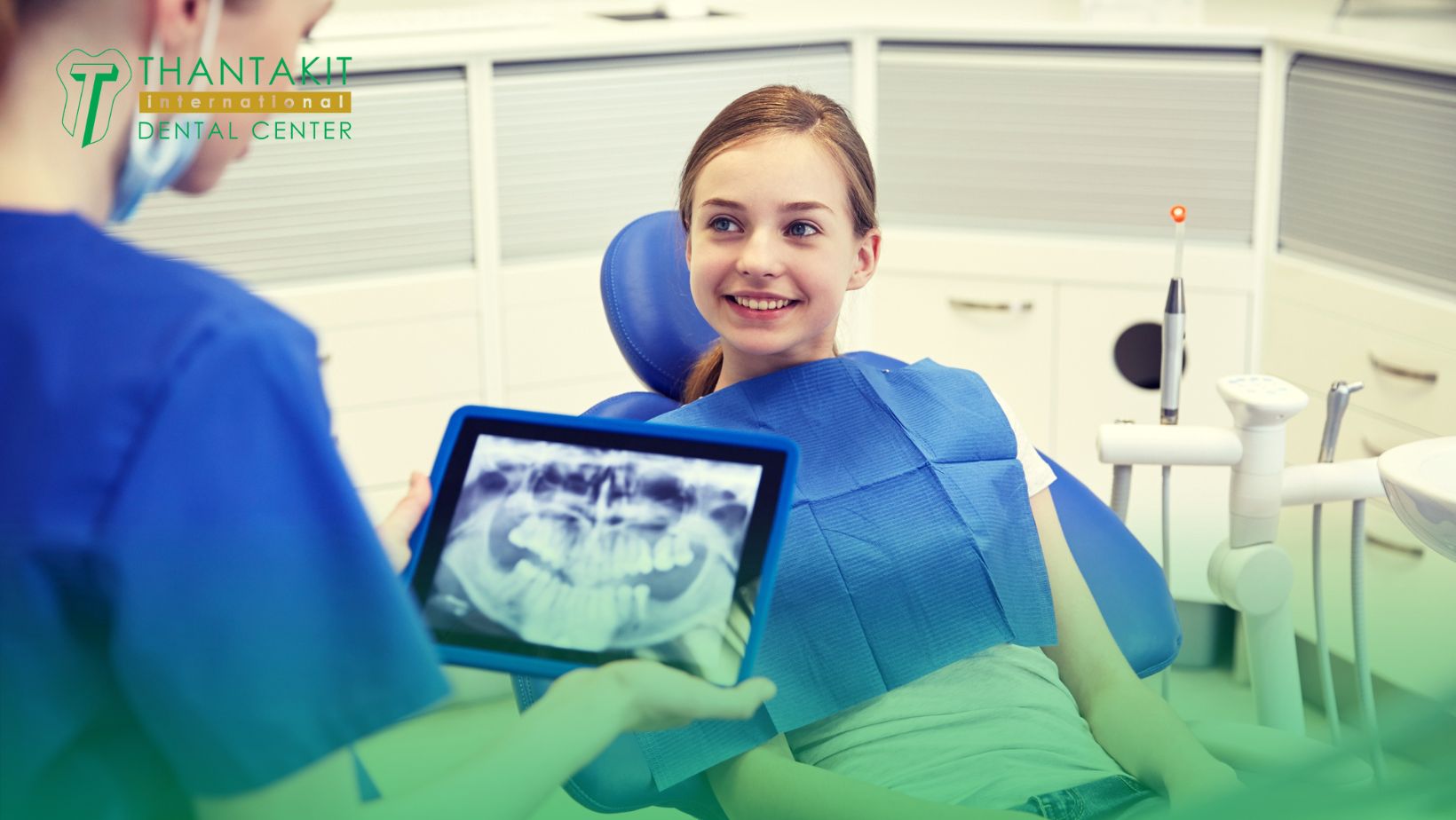
Get Some Quality Bangkok Dental Services Today
Contact Thantakit for a personalized consultation or a virtual quote on its various dental and oral health solutions. The center has its share of world-class dentists and advanced equipment you’ll need for such operations when all is said and done.
The clinic offers digital impressions, 3D printing, and computer-aided implantology among others because it’s in the forefront of the evolution of dental technology in Bangkok and beyond. Book an appointment with Thantakit today for more details.
Thantakit International Dental Center is Thailand’s longest established dental center. Situated in Bangkok, our clinic is renowned across the world as a destination for world-class dentistry, with most of our patients flying to us from Australia.
